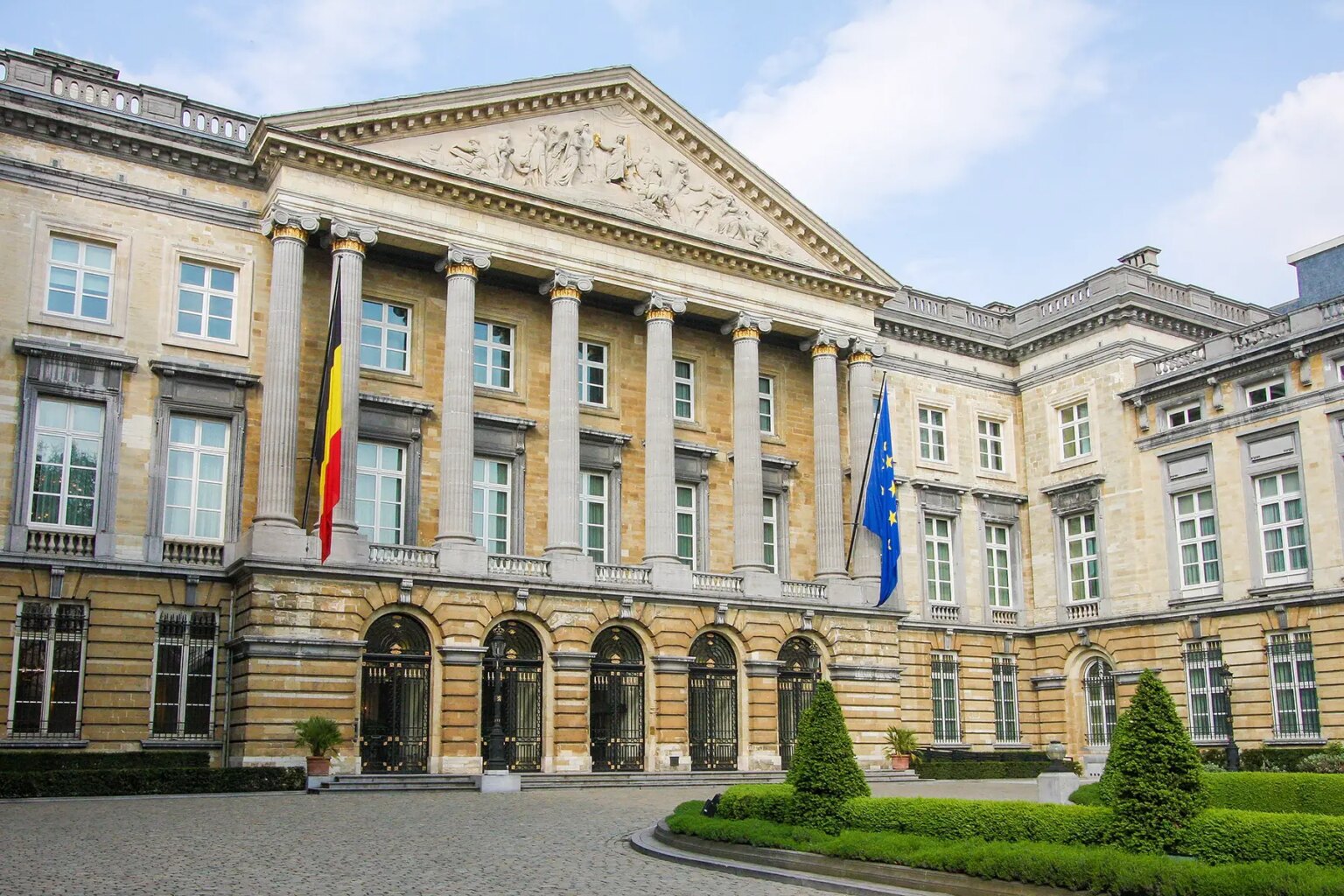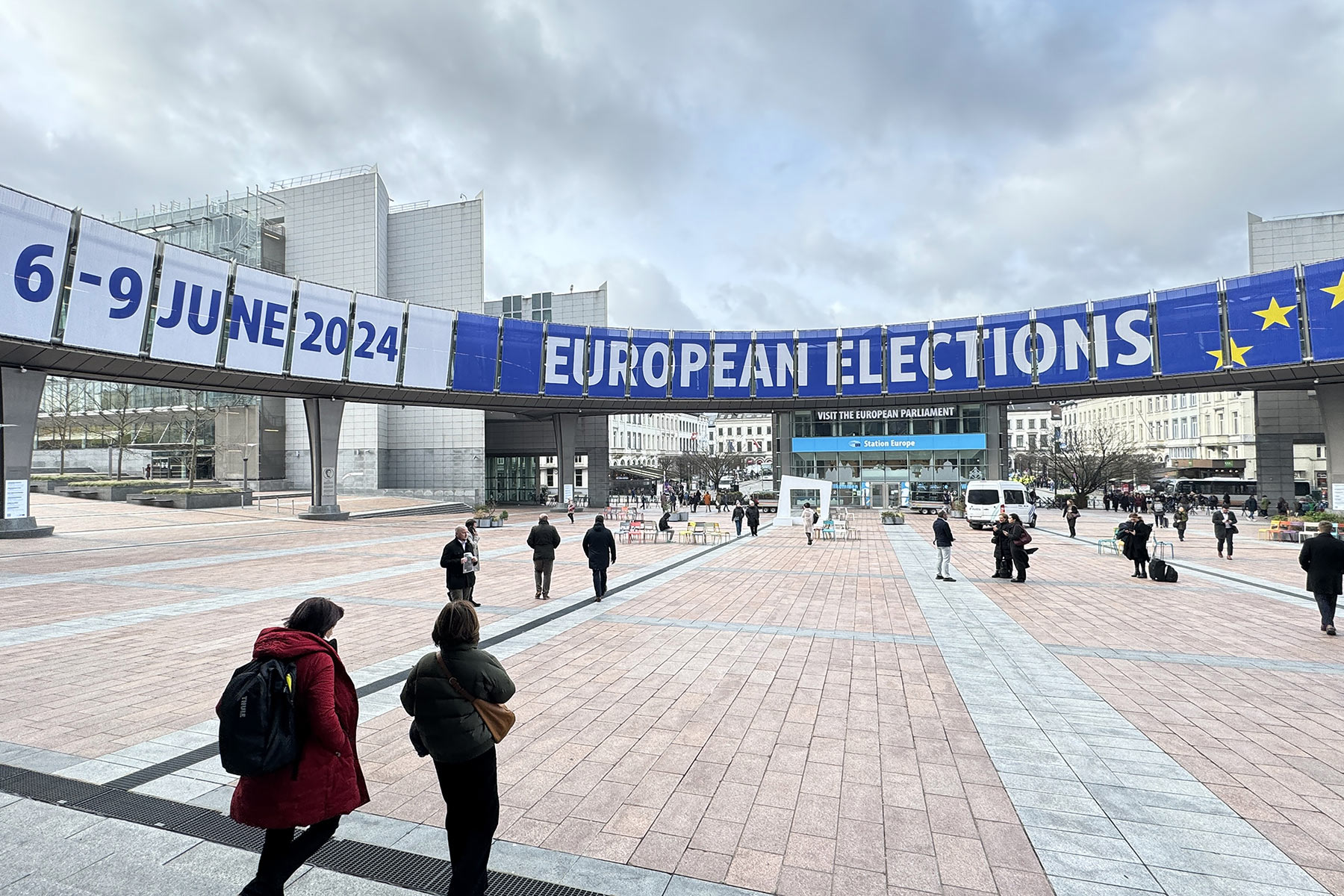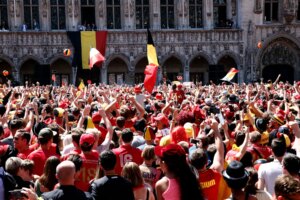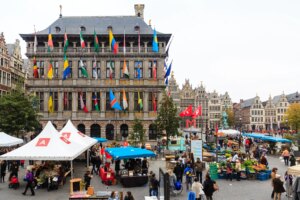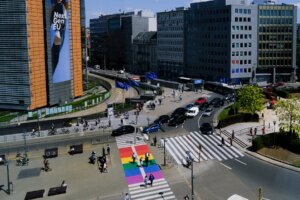Over the last decade, Belgium has had many challenges forming a government after elections because of its complex federal structure. The linguistic differences between the regions underlie nearly all discussions relating to the federal government and law. Moreover, regional or community authorities manage several public services in Belgium.
Here’s what you need to know:
- The government and political system in Belgium
- Who is currently in power in Belgium?
- The main political parties in Belgium
- Belgium’s electoral system
- Voting in Belgium
- Political representation in Belgium
- The political history of Belgium
- Recent political reforms in Belgium
- Political tensions in Belgium
- Belgium’s judiciary system
- Belgium and the European Union
- The state of the economy in Belgium
- Grassroots politics and political activism in Belgium
- Useful resources
Ground News
Get every side of the story with Ground News, the biggest source for breaking news around the world. This news aggregator lets you compare reporting on the same stories. Use data-driven media bias ratings to uncover political leanings and get the full picture. Stay informed on stories that matter with Ground News.
The government and political system in Belgium
Like the United Kingdom, Belgium is a constitutional monarchy where the reigning monarch acts as head of state. King Philippe is the current monarch of Belgium. He was sworn in on 21 July 2013, following the abdication of his father, King Albert.
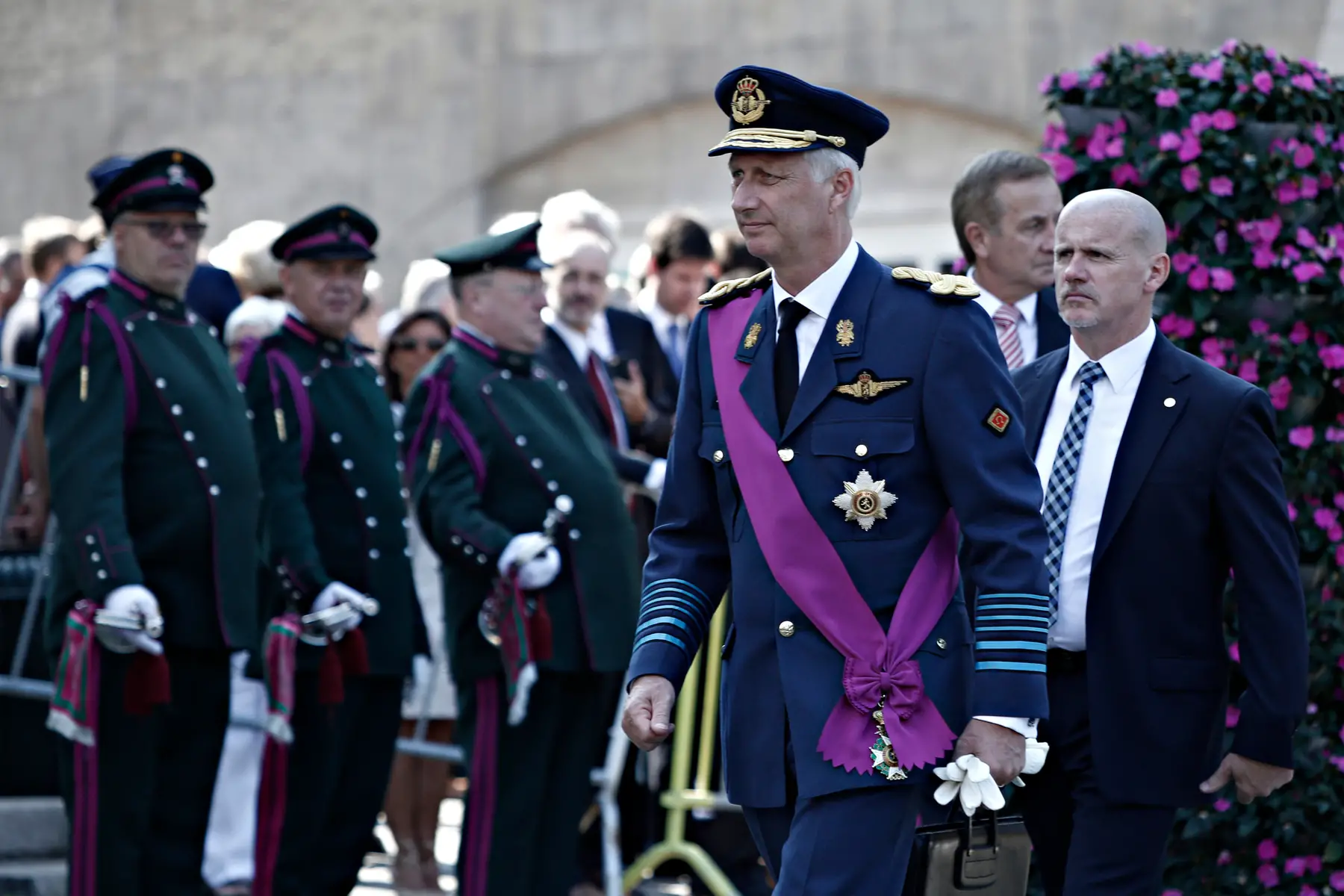
The king’s role is primarily ceremonial, as the Belgian federal government and the two chambers of parliament make the executive and legislative decisions. The government is formed following democratic elections within a multi-party system. Alexander De Croo was Prime Minister from 2020–2024 and is currently leading the federal government in a caretaking position.
Belgium has a reputation for complex coalition negotiations following elections. This is largely due to the linguistic and political differences between the Dutch- and French-speaking regions, which play a significant role. Naturally, these differences have also led to increased transfer of power from the federal level to the regional and municipal governments.
Belgium ranks 36th in the 2020 Economist Intelligence Unit’s Index, which is lower than neighboring countries France, Germany, Luxembourg, and the Netherlands.
Who is currently in power in Belgium?
The last elections were held in June 2024. As of December, Belgium has not yet formed a new government. While this sounds extreme, the longest period the country has ever gone without swearing in a new government was 541 days.
The lack of a new formation does mean that the previous seven-party coalition government is still in place. This government is aptly called the Vivaldi coalition after the composer’s work, The Four Seasons. The name comes from the four differing political perspectives in the coalition: the Christian Democrats, the Greens, the Liberals, and the Socialists.
The seven political parties forming the coalition government include:
- Christen Democratisch en Vlaams (CD&V)
- Groen
- Open Vlaamse Liberalen en Democraten (Open VLD)
- Vooruit
- Écologistes Confédérés (Ecolo)
- Mouvement Réformateur (MR)
- Parti Socialiste (PS)
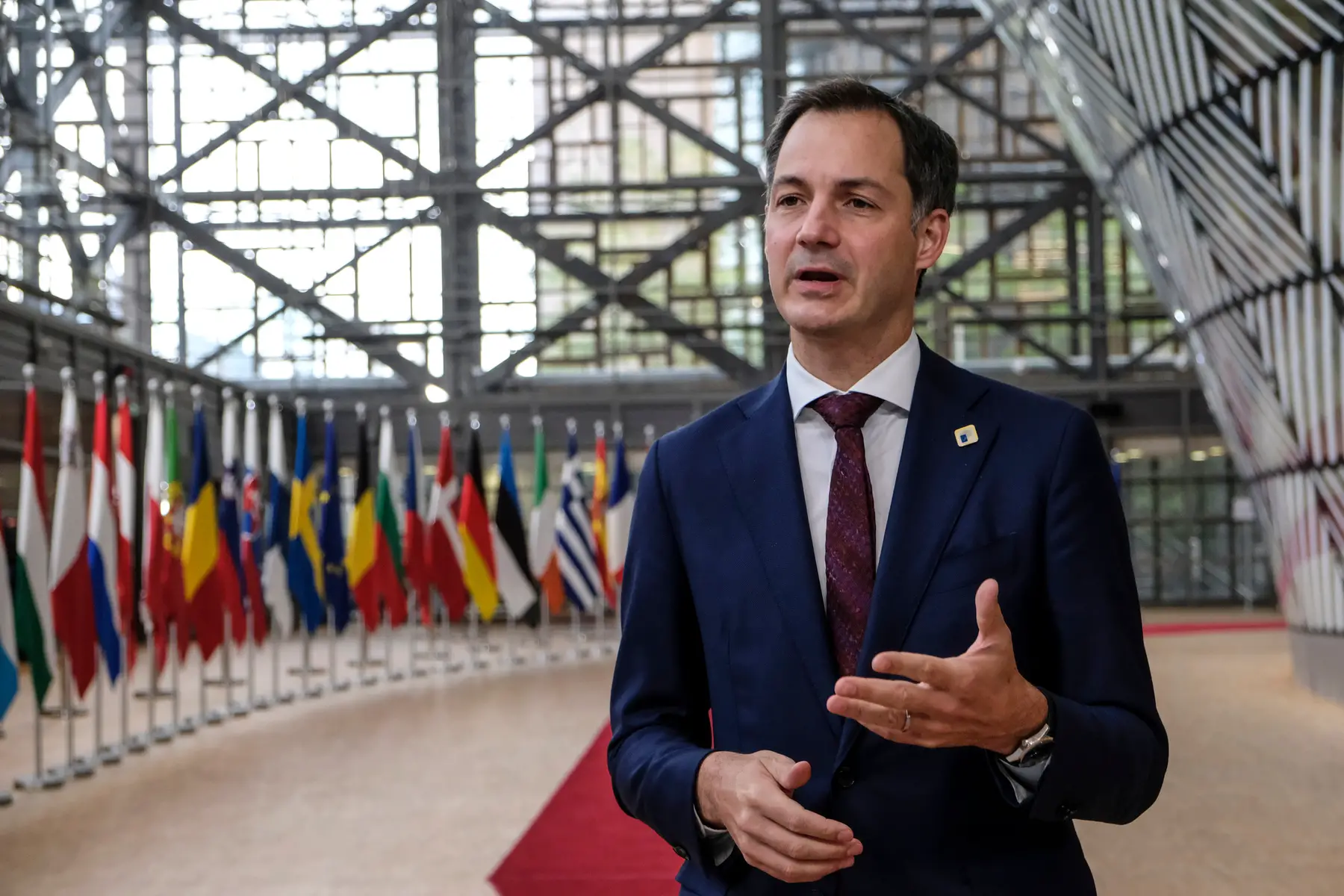
Following the 2024 election results, Prime Minister Alexander De Croo handed in his resignation. He will remain as caretaker prime minister until a new federal government is formed.
The 2024 election results
The New Flemish Alliance remained the largest party in parliament, while the Open Flemish Liberals and Democrats held on to its majority by only one seat. The Reformist Movement emerged as the largest party in Brussels and Wallonia.
Other 2024 election results include:
| Party | Vote share | Seats |
| New Flemish Alliance | 16.7% | 24 |
| Vlaams Belang | 13.8% | 20 |
| Reformist Movement | 10.3% | 20 |
| Workers’ Party of Belgium | 9.9% | 15 |
| Vooruit | 8.1% | 13 |
| Socialist Party | 8.0% | 16 |
| Christian Democratic and Flemish Party | 8.0% | 11 |
| Les Engagés | 6.8% | 14 |
| Open Flemish Liberals and Democrats | 5.5 | 7 |
The main political parties in Belgium
Belgium has many political parties, each with language and regional differences. Naturally, this makes government formation challenging.

The prominent Dutch, French, and German political parties are as follows:
Dutch-speaking parties
| English name | Dutch name | Founded in | Party leader(s) |
| Christian Democratic and Flemish Party | Christen-Democratisch en Vlaams (CD&V) | 1968 | Sammy Mahdi |
| Green | Groen | 1982 | Nadia Naji and Jeremie Vaneeckhout |
| New Flemish Alliance | Nieuw-Vlaamse Alliantie (N-VA) | 2001 | Bart de Wever |
| Open Flemish Liberals and Democrats | Open Vlaamse Liberalen en Democraten (Open VLD) | 1992 | Eva de Bleeker |
| Flemish Interest | Vlaams Belang (VB) | 2004 | Tom van Grieken |
| Onward | Vooruit | 1978 | Conner Rousseau |
French-speaking parties
| English name | French name | Founded in | Party leader(s) |
| The Committed Ones | Les Engagés | 1968 | Maxime Prévot |
| DéFI | DéFI (Démocrate Fédéraliste Indépendant) | 1964 | François De Smet |
| Ecolo | Ecolo (Écologistes Confédérés) | 1980 | Rajae Maouane and Jean-Marc Nollet |
| Reformist Movement | Mouvement Réformateur (MR) | 2002 | Georges-Louis Bouchez |
| Socialist Party | Parti Socialiste (PS) | 1978 | Paul Magnette |
| Workers’ Party of Belgium | PDVA-PTB (Dutch: Partij van de Arbeid van Belgie, French: Parti du Travail de Belgique) | 1979 | Raoul Hedebouw |
German-speaking parties
While the German-speaking region of Belgium also has several political parties, these do not play a significant role at the federal level, given their limited size and following.
| English name | German name | Founded in | Party leader(s) |
| Christian Social Party | Christlich-Soziale Partei (CSP) | 1971 | Jérôme Franssen |
| Party for Freedom and Progress | Partei für Freiheit und Fortschritt (PFF) | 1961 | Sacha Brandt |
| Socialist Party | SP Regionalverband Ostbelgien | 1973 | Linda Zwartbol |
| Pro German-speaking Community | Pro Deutschsprachige Gemeinschaft (ProDG) | 2008 | Elke Comoth and Liesa Scholzen |
Belgium’s electoral system
The Belgian electoral system changed significantly after the sixth state reform in December 2011, giving regions more autonomy. As a result, federal government elections occur every five years, coinciding with the European and regional elections. However, the king can call an earlier election if the government falls, for example, in the 2010 Belgian federal election.
During the election, the electorate goes to the polls to elect members of the Chamber of Representatives (Dutch: Kamer van Volksvertegenwoordigers, French: Chambre des Représentants). The Chamber of Representatives has 150 seats divided across 11 electoral constituencies.
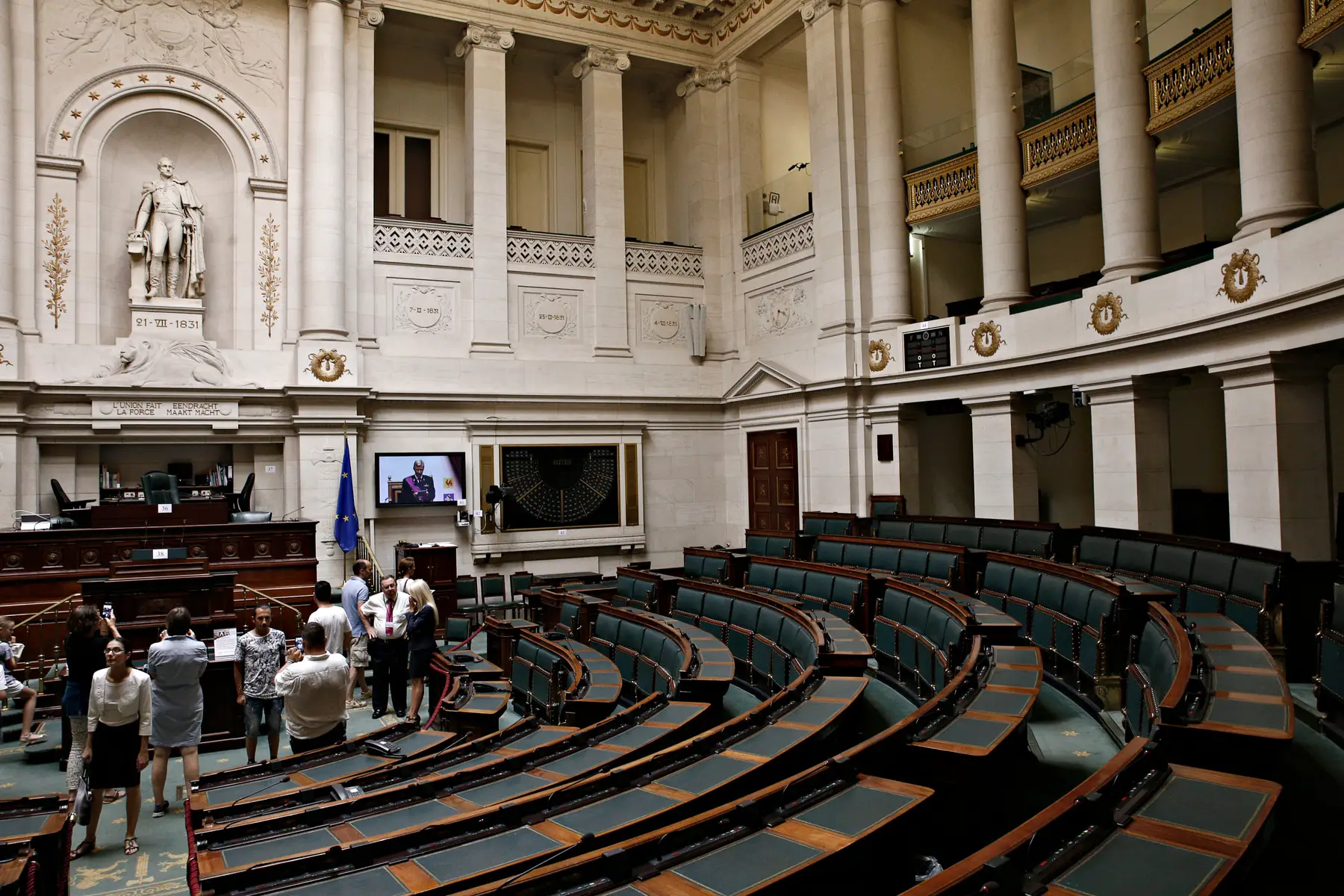
Each political party can produce a candidate list with as many candidates as the number of seats available. Constituents can vote for a party or individual candidates. They also have the option to leave a blank or invalid vote.
Given Belgium’s fragmented political landscape, elections usually result in multiple parties winning seats with no clear majority. This leads to lengthy negotiations between party leaders to form a coalition.
As the head of state, the king of Belgium leads the talks. First, he appoints an informateur (informant) to gather the demands of the different political parties. Subsequently, he chooses a formateur, which is typically the prime minister, who finally forms and leads the coalition government.
In addition to the Chamber of Representatives, the Belgian Federal Parliament comprises the Senate (Dutch: Senaat, French: Sénat). Out of the 60 senate members, the regional and community parliaments appoint 50 members. The senate members, in turn, co-opt the remaining 10 members.
Voting in Belgium
Belgium is one of the few countries with a compulsory voting system, and voting has been mandatory for men since 1893. Conversely, in 1948, it was one of the last countries in Europe to give women the right to vote.
Elections in Belgium usually take place on a Sunday. Belgians over 18 must cast their vote at a designated polling station, showing an identification document (ID) and an official invitation letter. Those living abroad can send in their ballot by mail or vote by proxy. Belgians who fail to vote may face penalties or have difficulties applying for jobs or securing promotions in the public sector. If they don’t vote in more than four elections, they can lose their right to vote for 10 years.
Belgian citizens don’t need to register to vote unless they live abroad or have recently changed their home address. Therefore, residents must contact their local municipality to ensure that they are on the electoral roll when relocating.
Can I vote in government elections in Belgium?
Only Belgium citizens can vote in the federal, regional, or provincial elections. However, Belgian residents can vote in their local municipal elections every six years, regardless of their nationality. Furthermore, EU citizens can vote in the European elections every five years.

Notably, international residents need to register with their local Belgian municipality and be listed in the electoral register to vote in the municipal elections.
Political representation in Belgium
To be eligible for election, political candidates must be Belgian citizens who are registered with their local municipality and listed on the electoral register. They must also be at least 21 to stand for parliamentary elections.
EU citizens residing in Belgium can run for office in the European and municipal elections, but non-EU citizens cannot.
The political history of Belgium
Belgium’s linguistic diversity has always played a significant role in its political landscape. The regional divisions between Dutch, French, and German speakers are a constant source of discord. Over the last half-century, the country has undergone several state reforms driven, in part, by regional and linguistic differences. What’s more, national political parties have also fractured into smaller factions representing different linguistic regions.
Recent political reforms in Belgium
State reforms in Belgium are an ongoing process. They aim to resolve political differences between the Dutch-speaking Flemish region and French-speaking Wallonia. The state reforms implement constitutional and legal amendments that support Belgium’s federal structure. To date, Belgium has executed six state reforms, with the public debate on the next reform already underway.
First state reform: 1970
The first state reform resulted from the growing tensions between the Dutch- and French-speaking communities in Brussels. It laid the foundation for Belgium’s political transition from a unitary state to a federal one. The reform led to the Belgian government establishing three distinct cultural communities (Dutch, French, and German). The communities gained the responsibility for maintaining the use of their language in the community.
Second state reform: 1980
In the second state reform, the three cultural communities gained formal status and increased responsibility for health and youth policies. The Flemish and Walloon regions were also established. The communities and regions had the power to form their local parliament and government.
Third state reform: 1988 to 1989
A third region, the bilingual Brussels Capital district, was established following the third state reform. As a result, responsibility for education, transport, and public works shifted to the regional communities.
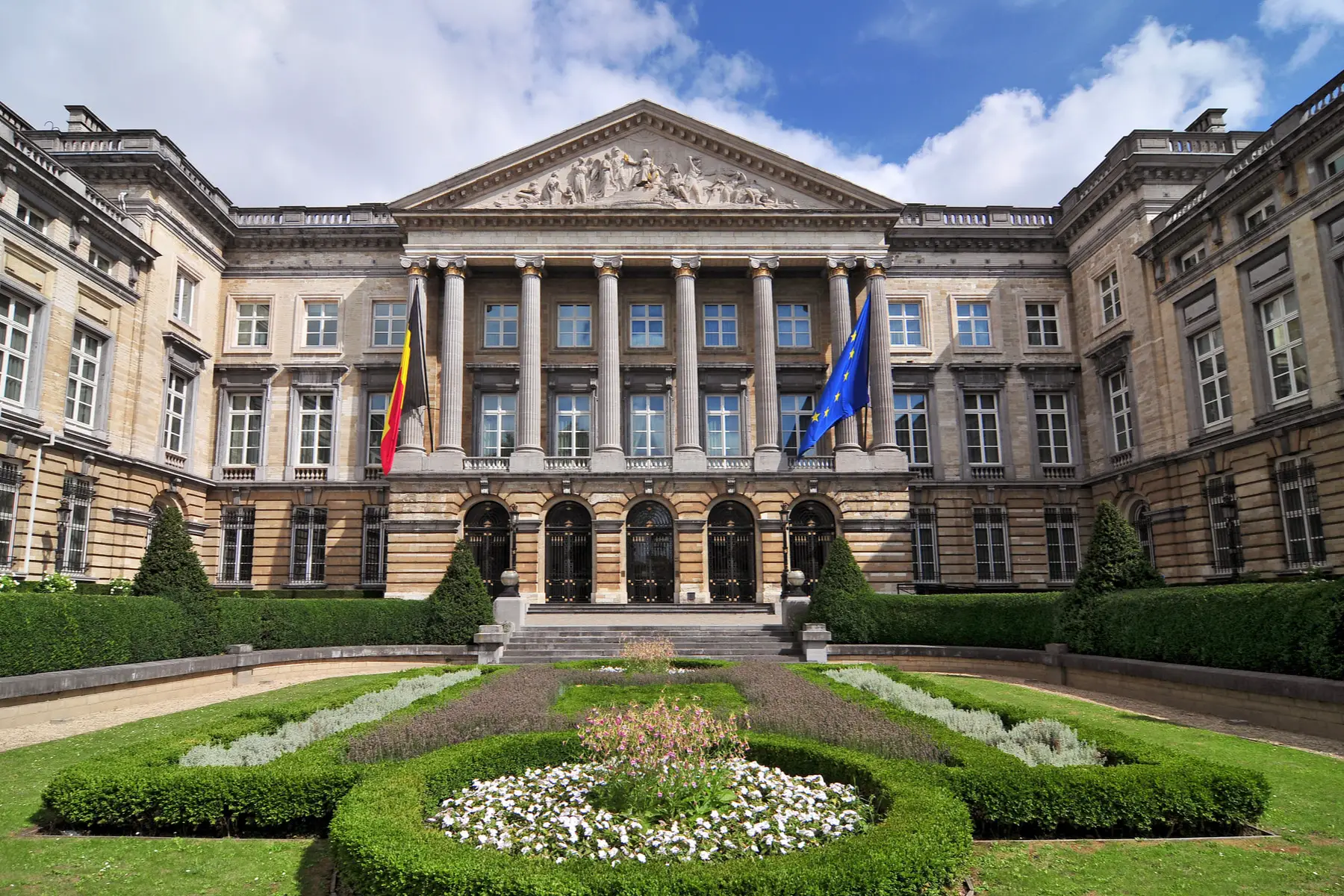
Fourth state reform: 1993
The fourth state reform marked a full-fledged transition of Belgium to a federal state with autonomous regions and communities. As a result, the first article of the Belgian Constitution had to be amended.
The state entrusted communities and regions with more fiscal responsibilities and resources as part of the reform. They also had the first regional elections for their local councils. At the same time, the linguistic divide between the regions continued, with the province of Brabant dividing into Flemish-Brabant and Walloon-Brabant.
Fifth state reform: 2001
Two agreements came into effect with the fifth state reform. The Lambermont Agreement transferred areas such as agriculture, fisheries, and foreign trade to the regions and local municipalities. The territories also became responsible for local and provincial governments and collecting twelve regional taxes. Furthermore, the Lambermont Agreement ensured the representation of the Flemish community in the Brussels parliament.
Sixth state reform: 2011
The sixth and most recent state reform came after another political crisis in Belgium, where a regionally divided electoral vote created challenges for government formation. Among the changes ushered in by the reform was the separation of the Brussels-Halle-Vilvoorde constituency. The regions and communities also gained greater financial autonomy and increased political responsibility.
The sixth reform led to several further changes in the Belgian Senate. For instance, the Senate’s size shrunk to 60 members. Additionally, regional and community parliaments appointed senate members instead of being voted in. Interestingly, the king’s children no longer had a seat in the Senate.
Political tensions in Belgium
The need for ongoing state reforms is a clear indication of the political discord across the regions of Belgium. Language has been at the heart of political tensions since the country’s foundation in 1830 when French was the official language. Soon after, the Dutch-speaking population mobilized against the French-speaking elite, creating a language-driven rift in Belgian politics.
The state has been increasingly devolving policies and powers from the federal to the regional level. In fact, there is a continual discussion about a hypothetical future partition of Belgium. Of course, this has strengthened support for the Flemish nationalist and separatist parties’ (VB and N-VA) agenda for an independent Flemish state.
Belgium’s judiciary system
Next to legislative and executive powers, the Belgian federal state also has judiciary authority. As a result, judges and magistrates exercise judiciary duties independent of the government. The king appoints court judges for life under the conditions specified in the Belgian Constitution.
Belgium’s civil code and judiciary system are based on the French civil code but also derive laws from other sources. These include the Belgian Constitution and EU directives and regulations. They also include laws passed by the federal parliament, as well as regional and communal decrees.
The Court of Cassation (Dutch: Hof van Cassatie, French: Cour de Cassation) is the supreme court of Belgium. It rules on the legality of the judgments presented by lower courts. However, it does not rule on the constitutionality of laws or hear appeals against government administrative decisions. Constitutional matters fall within the jurisdiction of the Constitutional Court of Belgium. In contrast, government administrative decisions are presented before the Belgian Council of State.
Belgium and the European Union
As well as being one of the founders of European integration, Belgium is also home to many European Union (EU) institutions. Brussels, the Belgian capital, is an official seat of the EU and is often referred to as its de facto capital. Furthermore, Belgian politicians have always played an important role in EU politics.
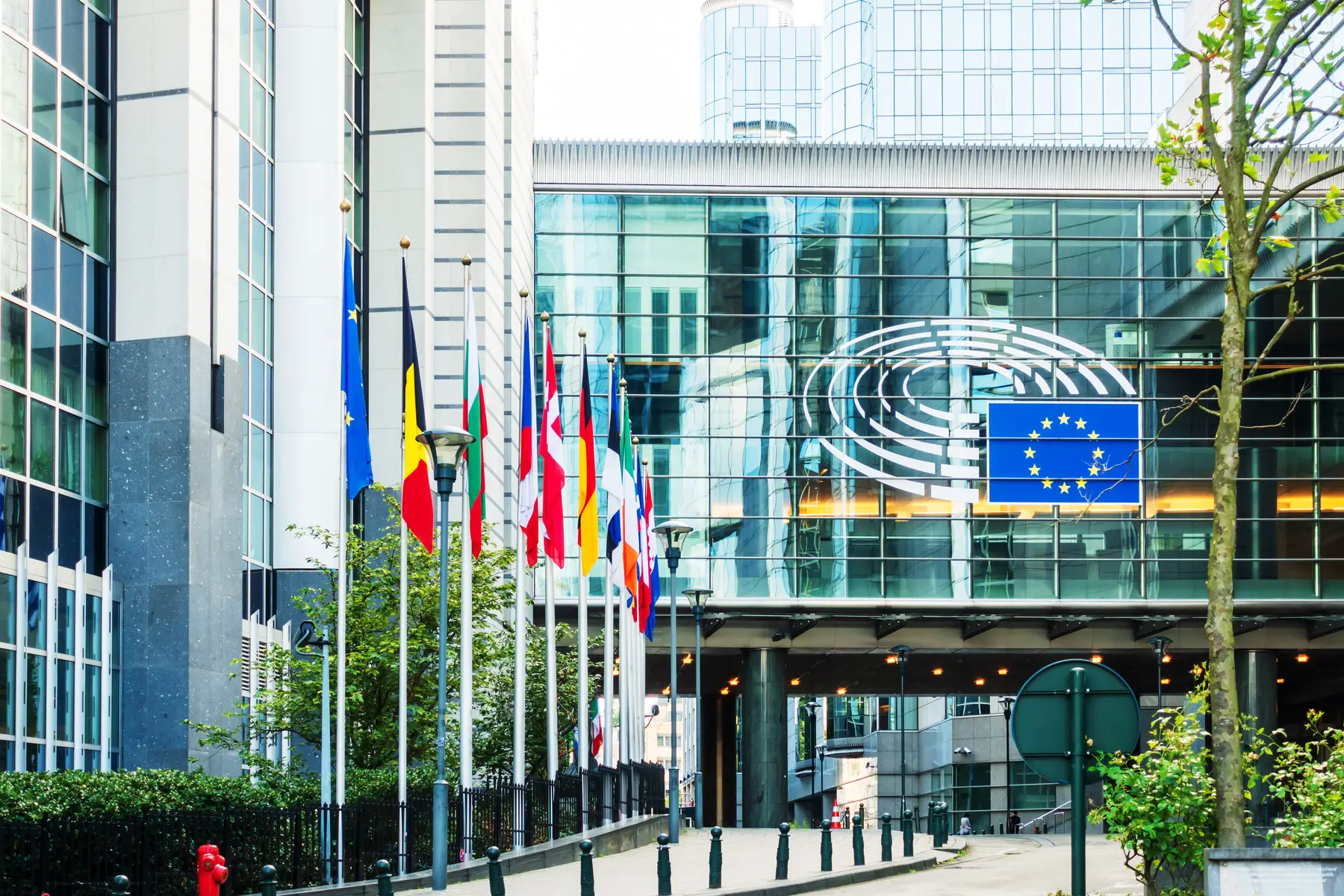
According to the 2018 Eurobarometer Survey 90 of the European Parliament, most Belgian citizens believe that EU membership is beneficial to their country. Around 79% of Belgians consider themselves EU citizens and 84% prefer the euro as a currency. Both these figures are above the EU average.
Belgians also support a greater role for the EU Parliament and have supported more European integration. That said, Euroscepticism has filtered into government discussions with the rise of Flemish nationalist parties such as the Nieuw-Vlaamse Alliantie (N-VA) and Vlaams Belang (VB).
The state of the economy in Belgium
Belgium is a high-income country, ranking 18th globally in overall prosperity (2023). The Belgian economy is large for a fairly small country, with the gross domestic product (GDP) amounting to US$849.53 billion in 2023, or US$72,071 per capita, after adjusting for purchasing power parity.
The majority of Belgium’s GDP comes from the industrial and service sectors. As a country with several big ports, it has always relied on international trade. It has built its wealth by importing raw materials and exporting finished products. The country’s diamond trade is a prime example of this. Historically, Belgium was also a major steel producer in the 19th century. With its coal mines, Wallonia was the hub of this industrial activity.
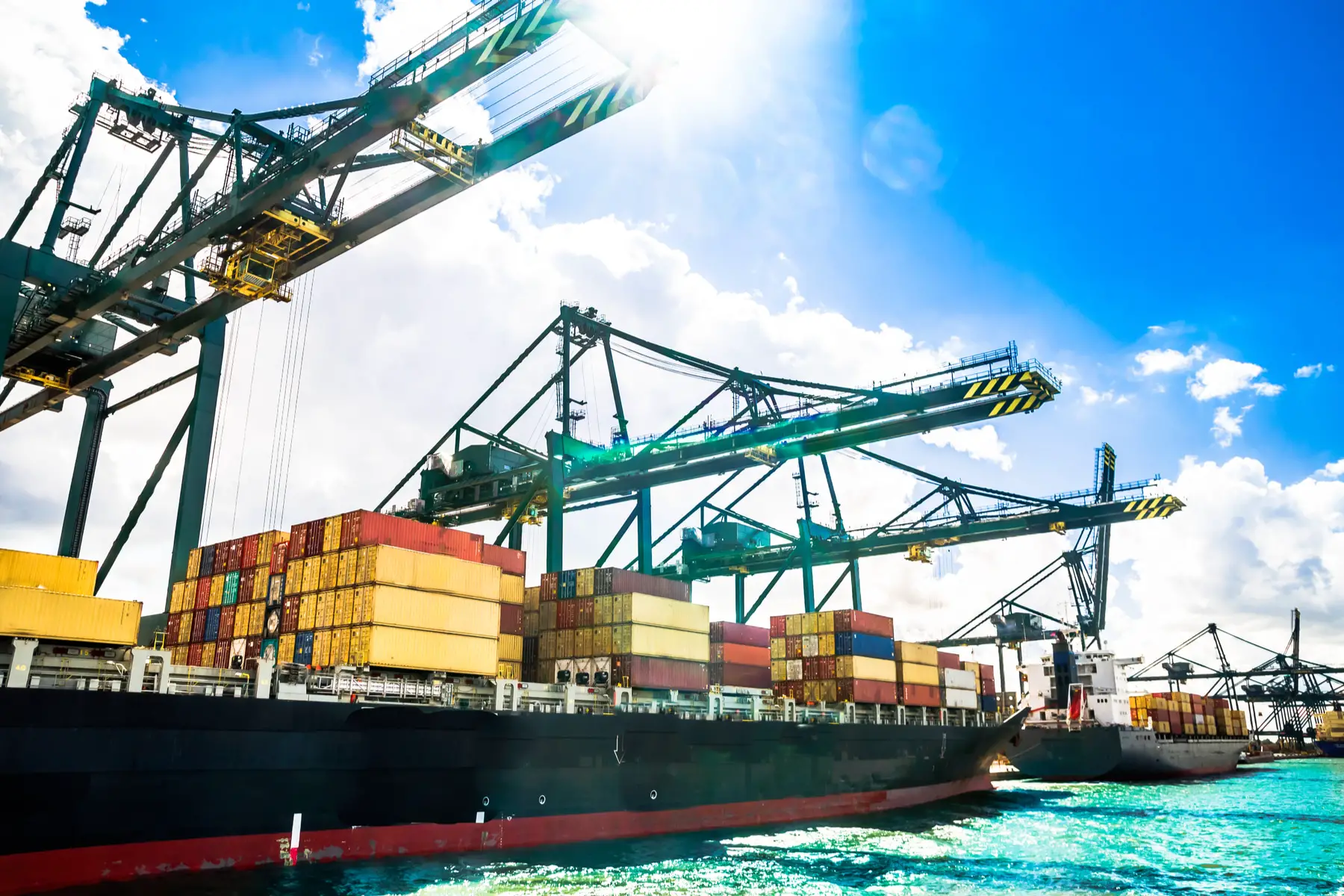
However, by the 20th century, both the steel industry and economic prosperity in Wallonia took a downturn as coal reserves dwindled. In contrast, the Flemish region saw growth in the manufacturing and service industries and has attracted greater investments. Of course, this economic disparity between the Flemish and Wallonian areas is just one source of political conflict between the Belgian regions.
Grassroots politics and political activism in Belgium
Low levels of political participation have resulted in Belgium’s lower ranking in the EIU Democracy Index compared to other Western European countries. This is despite high levels of turnout in the constituencies due to its compulsory voting system.
The ideological divide between the Flemish and Wallonian regions has eroded citizens’ trust in political parties, resulting in limited public interest in politics. Therefore, only a small number of residents sign up for party memberships or associate with civil society organizations.
That said, several recent grassroots initiatives show that change is possible. For example, the German-speaking Belgian community recently voted for the Ostbelgien Model. As such, the community set up a rotating council of 50 citizens. Candidates are drawn by lot. They are responsible for researching, deliberating, and consulting on local parliamentary matters. Another example is the 2019 digital referendum of the Flemish city, Kortrijk, about introducing car-free Sundays in the city center.
Naturally, you can get involved in local politics by joining a party or participating in referendums or citizens’ councils. For instance, you can join residents’ groups that engage with specific issues at local or international levels, such as:
- Citizens Action Brussels – Citizens’ movement to make Brussels a sustainable and socially inclusive city
- Brussels Together – Citizens’ collective contributing to building a more transparent, inclusive city
- Rise for Climate – Citizens’ collective that lobbies the Belgian government and EU institutions to take increased action against climate change
- European Citizen Action Service (ECAS) – Brussels-based international non-profit organization that engages European citizens to create a stronger, inclusive EU
Useful resources
- Directorate of Elections – website of the Home Office providing information on elections and candidates
- Belgian Federal Government – official website of the Belgian federal government
- Premier.be – official website of Belgian Prime Minister Alexander De Croo
- Chamber of Representatives – official website of the Belgian federal parliament’s Chamber of Representatives
- Belgian Senate – official website of the Belgian Senate
- Belgium.be – informational portal explaining the Belgian federal and regional government structure
